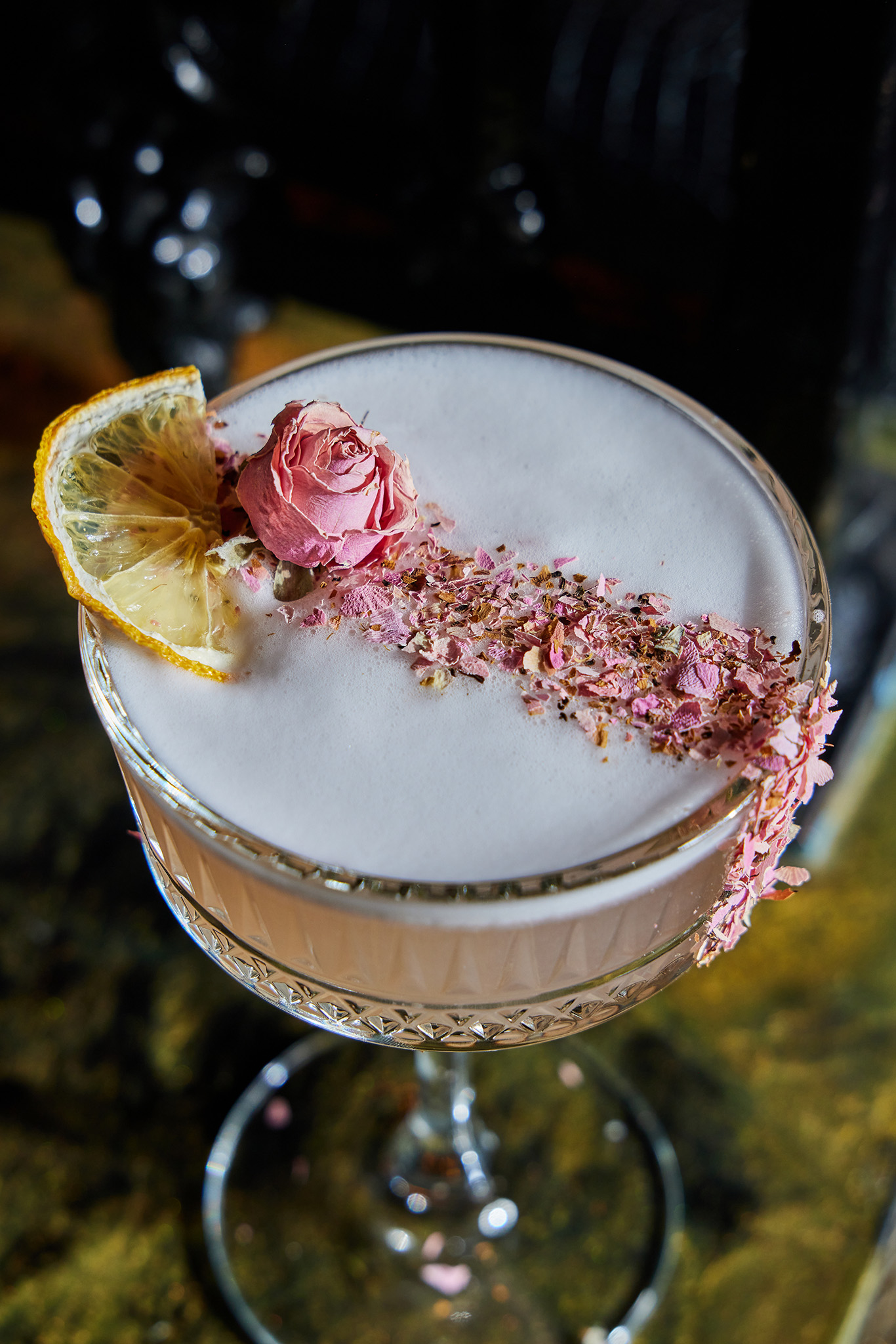Events
Events
An Unfulfilled promise: Desegregation and busing in boston
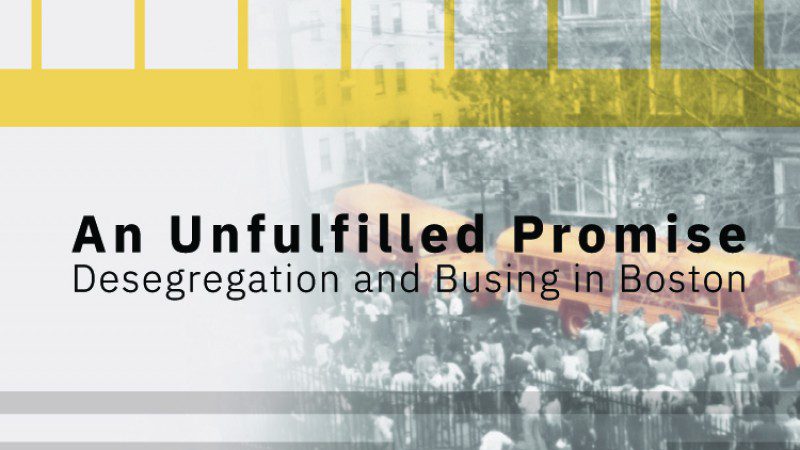
Blue Cross Blue Shield of Massachusetts to Provide Free Bluebikes Credits and Support Local Climate Action for Earth Week
April Family Hours at Old South Meeting House
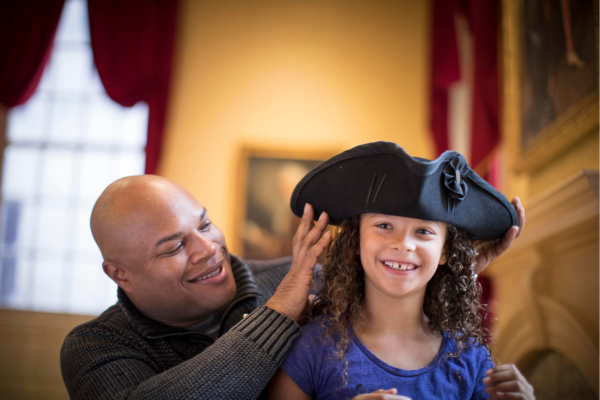
Bunny Bash Easter Egg Hunt

Little Groove Kids Music Class
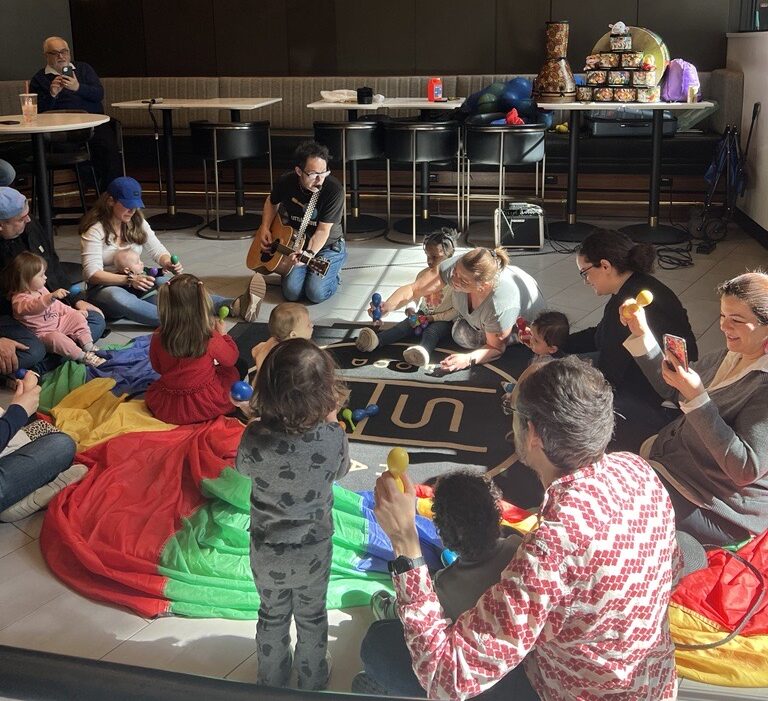
Aziz Ansari
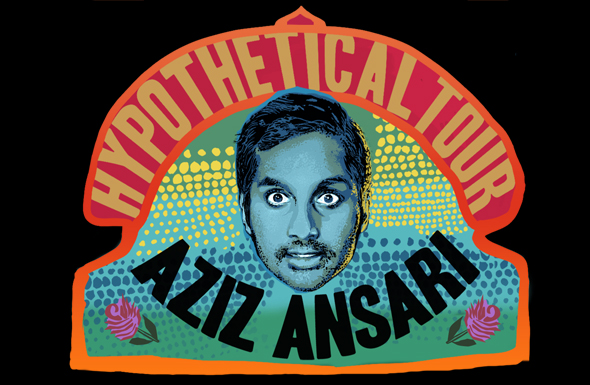
Easter Vigil Celebration

Cisad

April Family Hours at Old South Meeting House

Easter Festive Mass

Carbo Load for the Boston Marathon at Artisan Bistro
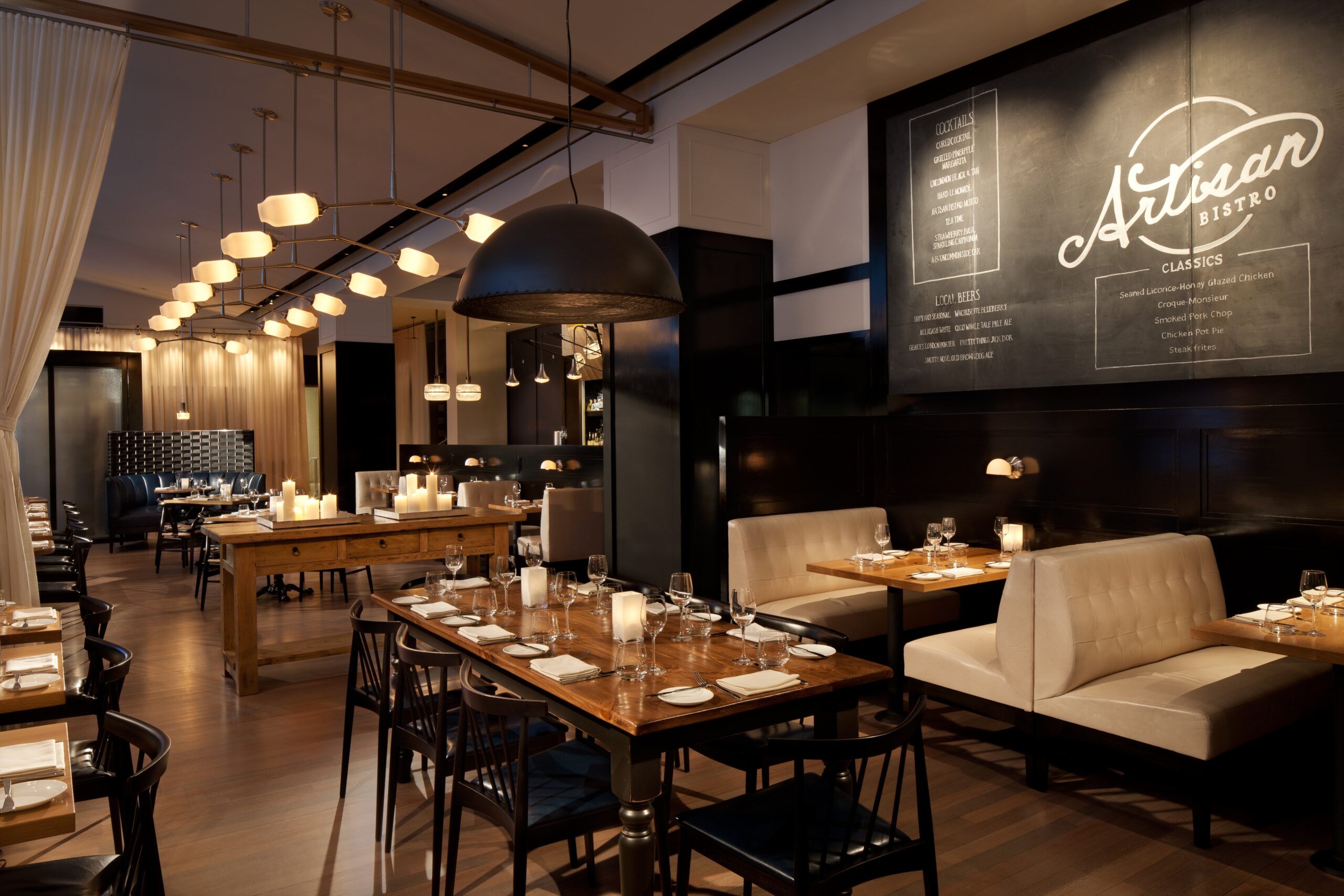
Carbo Load for the Boston Marathon at Artisan Bistro
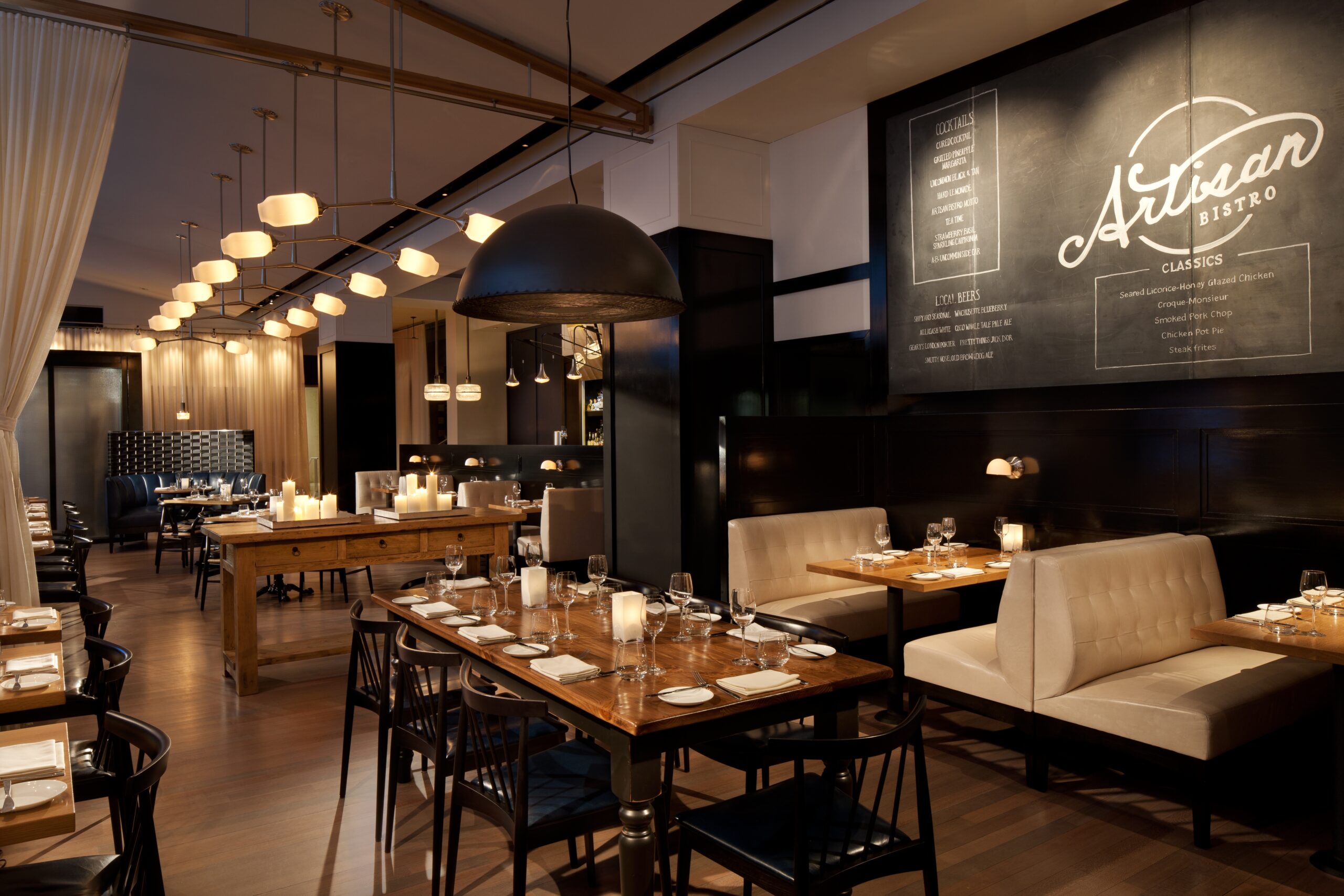
April Family Hours at Old South Meeting House

April Family Hours at Old South Meeting House

April Family Hours at Old South Meeting House

April Family Hours at Old South Meeting House

Boston Calling Night: Latrell James, Copilot and DJ J-Wall!
Alvin Ailey American Dance Theater

April Family Hours at Old South Meeting House

Pop-Up Concert At The Steps
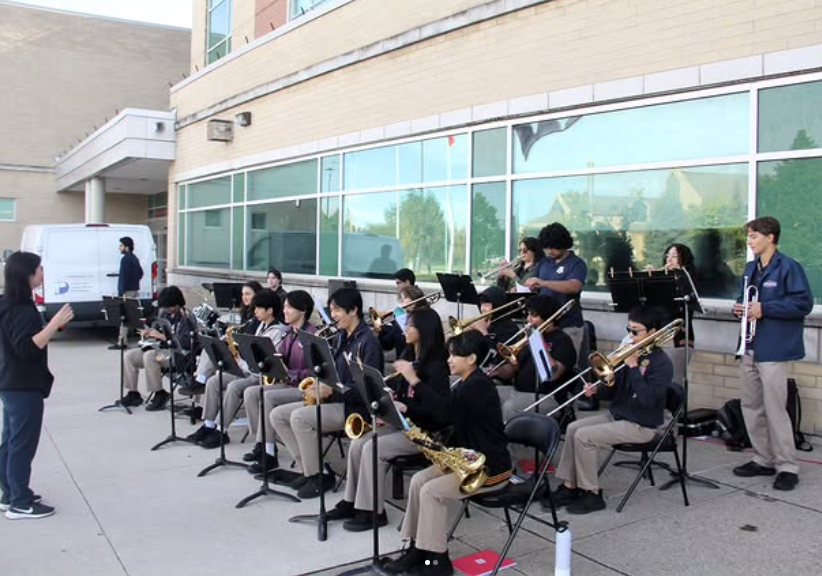
Luxury ReNutriv Skincare Masterclass

Sip & Sculpt Pottery Class

Film Screening: Igualada
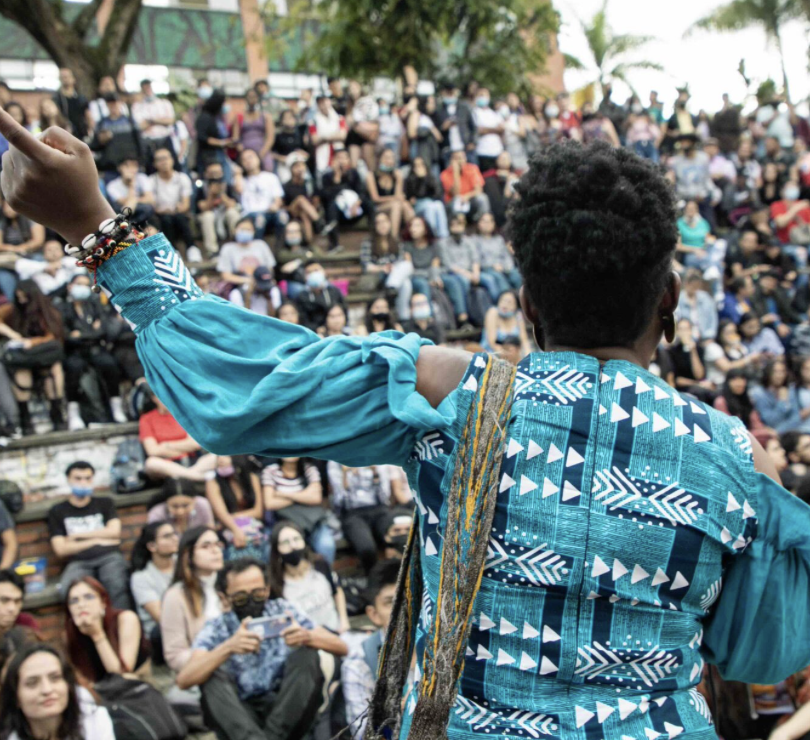
Michael W. Smith: Beyond the Far Horizon Tour

David Spade: I Got A Feel For It
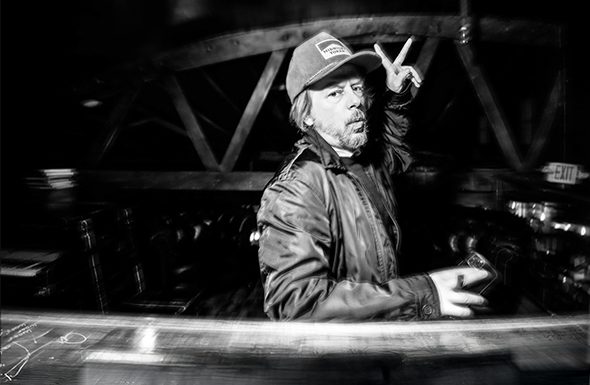
The 60th Anniversary Of The 1965 Freedom Rally
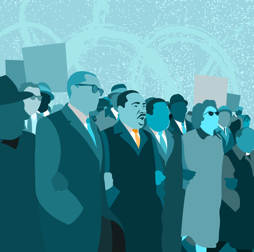
Japan Festival Kick-Off: Cosplay Block Party
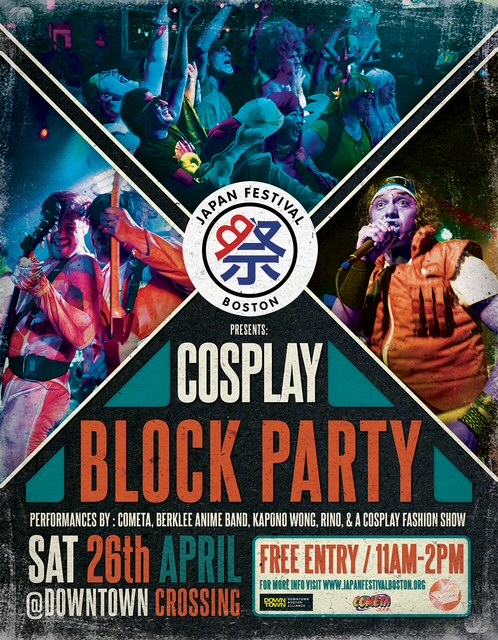
Film Screening: Come Home, My Child

Brit Floyd: Wish You Were Here (50th Anniversary)
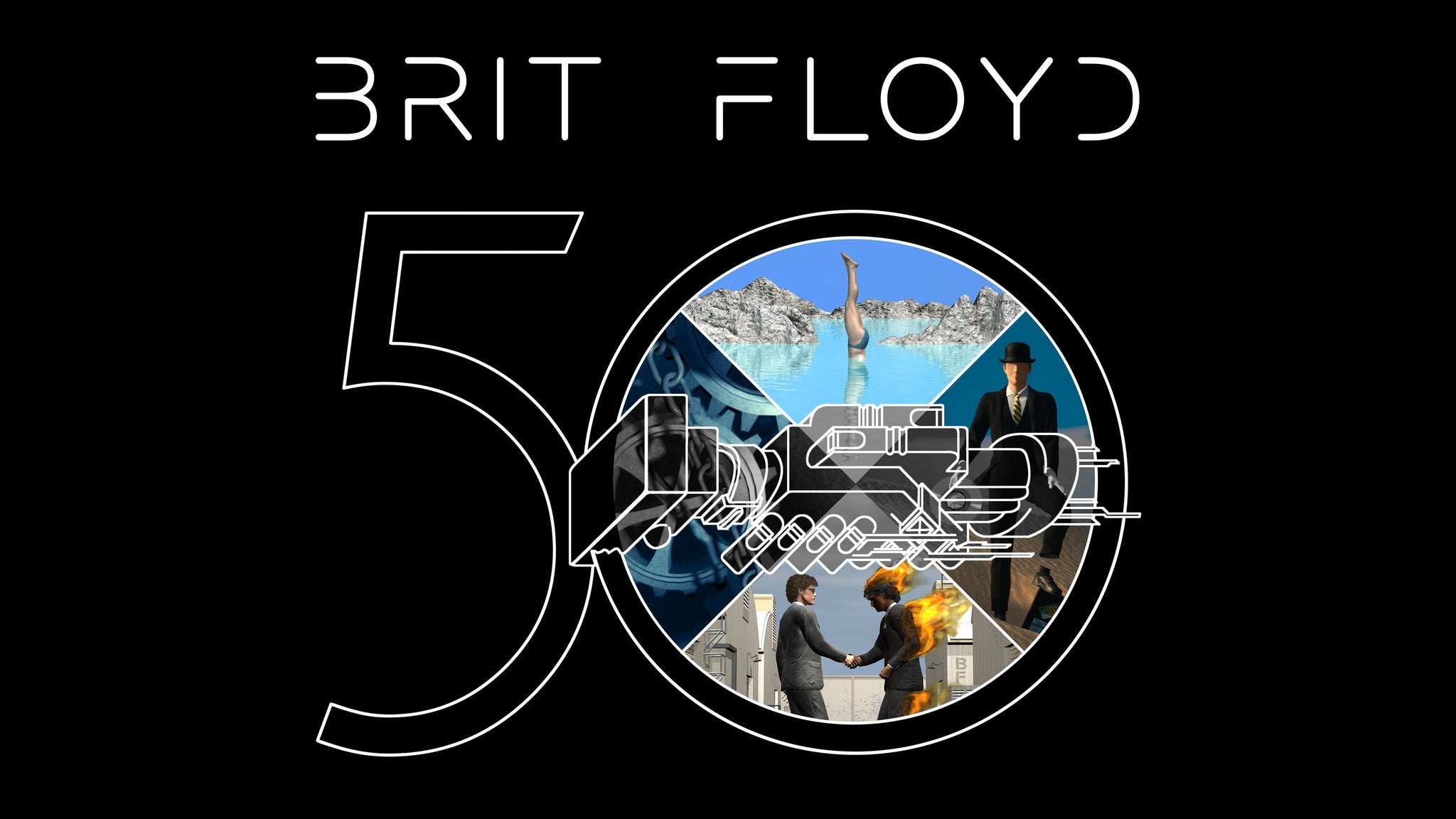
Blippi: Join the Band Tour

4th Annual Meet Boston Regional Career Fair

A Lifetime of Water Advocacy: A Conversation with Sarah Kauss

Mean Girls the Musical

Mean Girls the Musical

Climate Tech Block Party
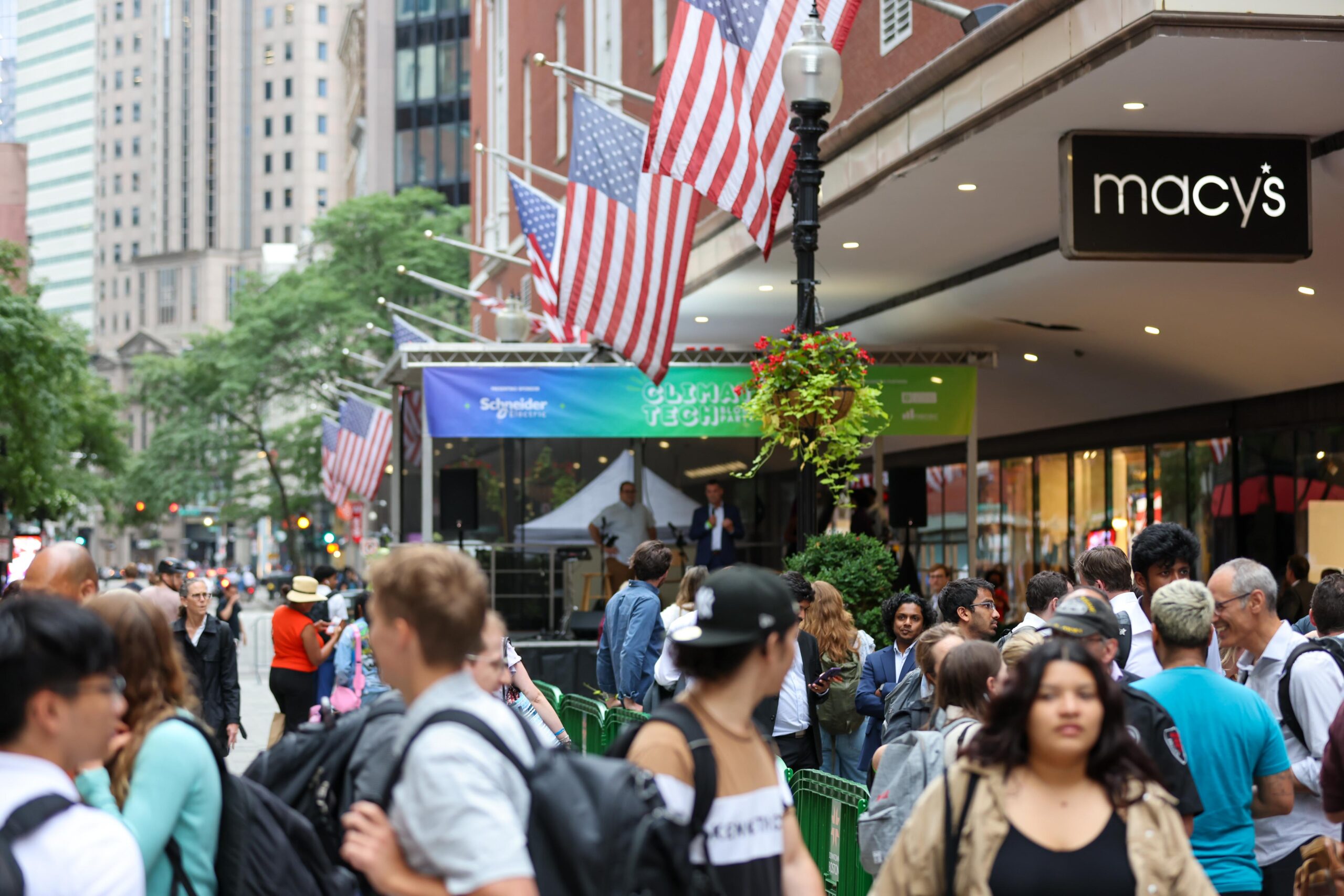
Mean Girls the Musical

Downtown Boston Arts Market
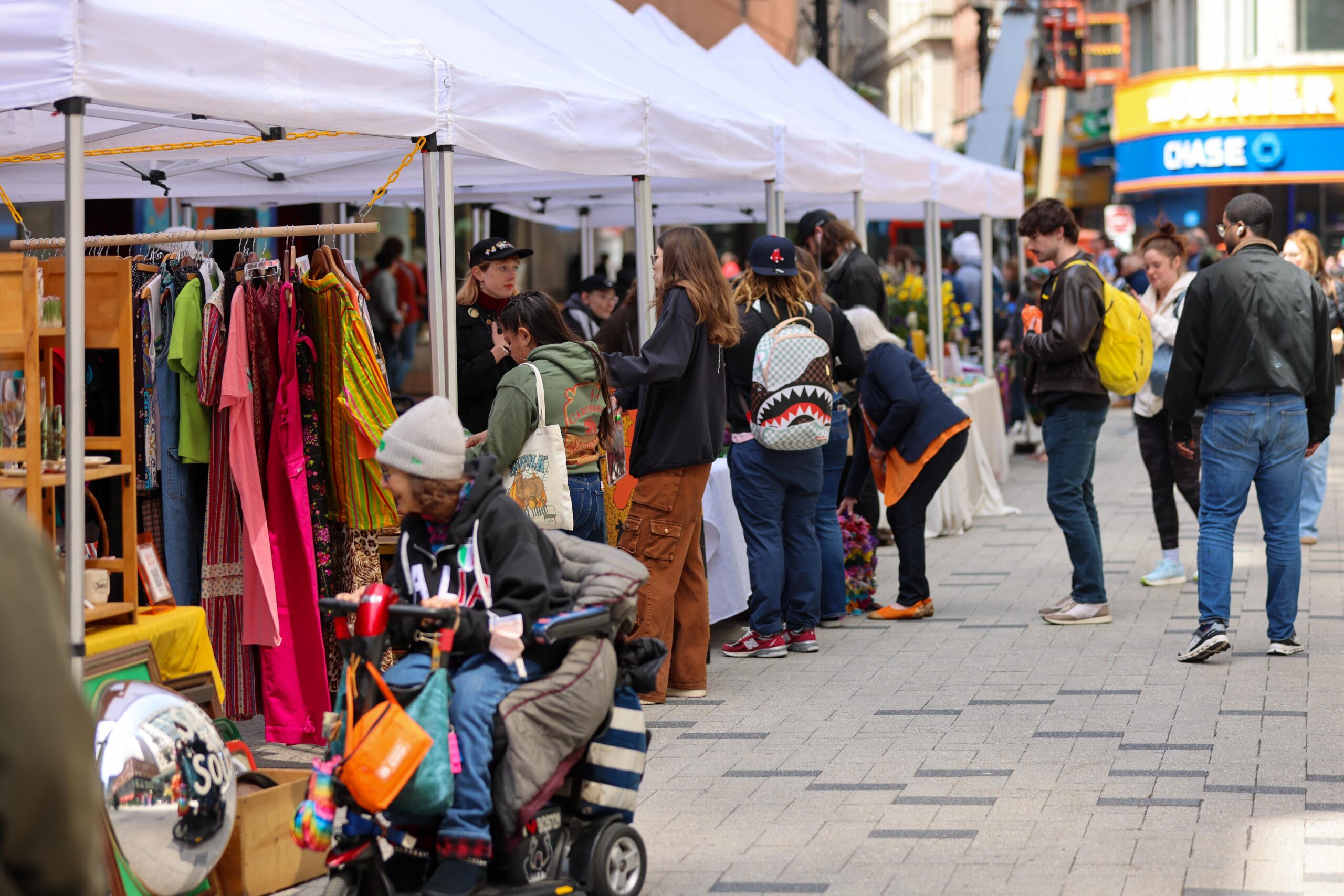
Mel Robbins

Downtown Boston Arts Market

Mean Girls the Musical

Big Queer Food Fest: The Grand Tasting

Mean Girls the Musical

Mean Girls the Musical

Project Bread’s 57th Walk for Hunger
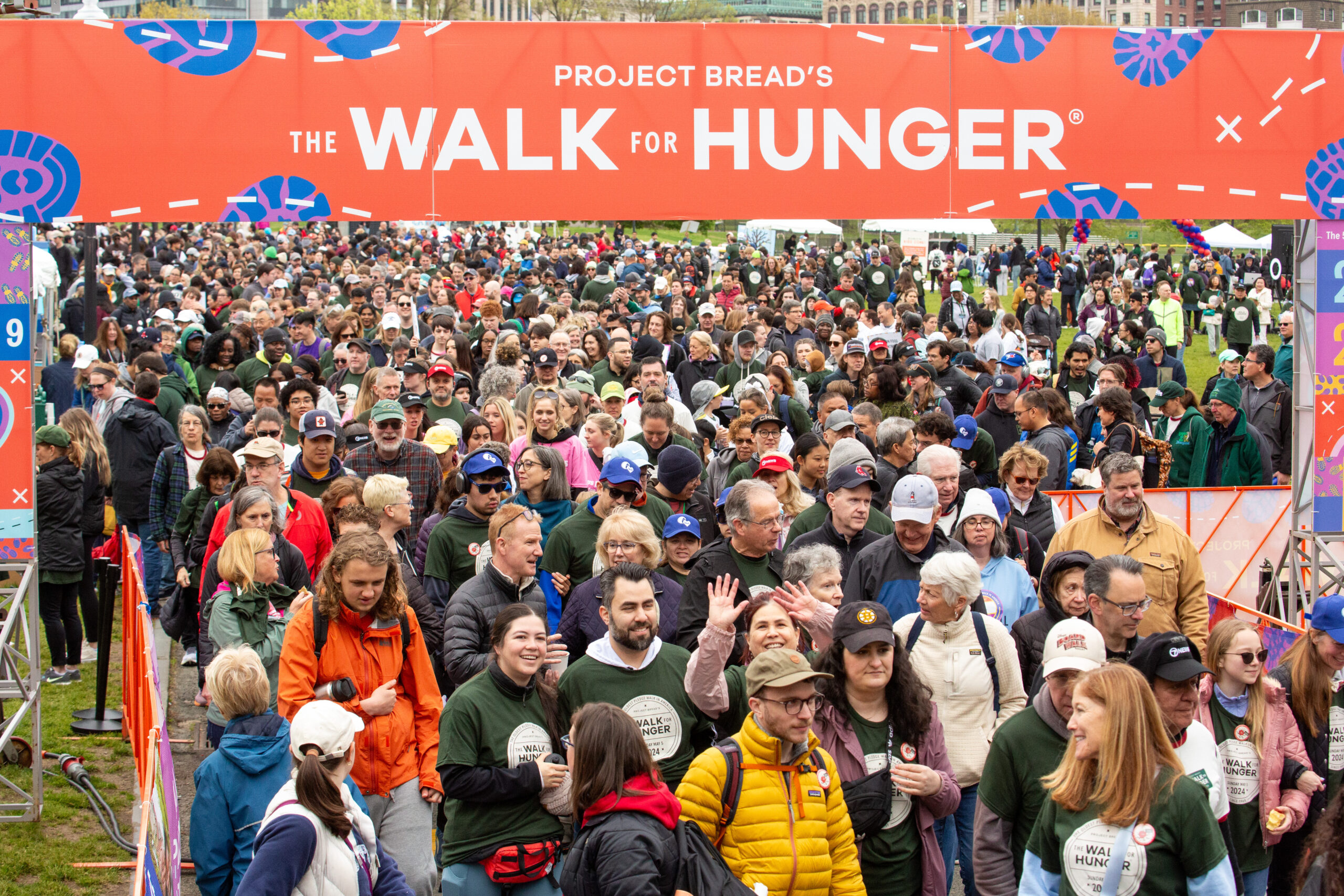
Big Queer Food Fest: The Grand Tasting

Mean Girls the Musical

Mean Girls the Musical

Cinco De Mayo in Downtown!
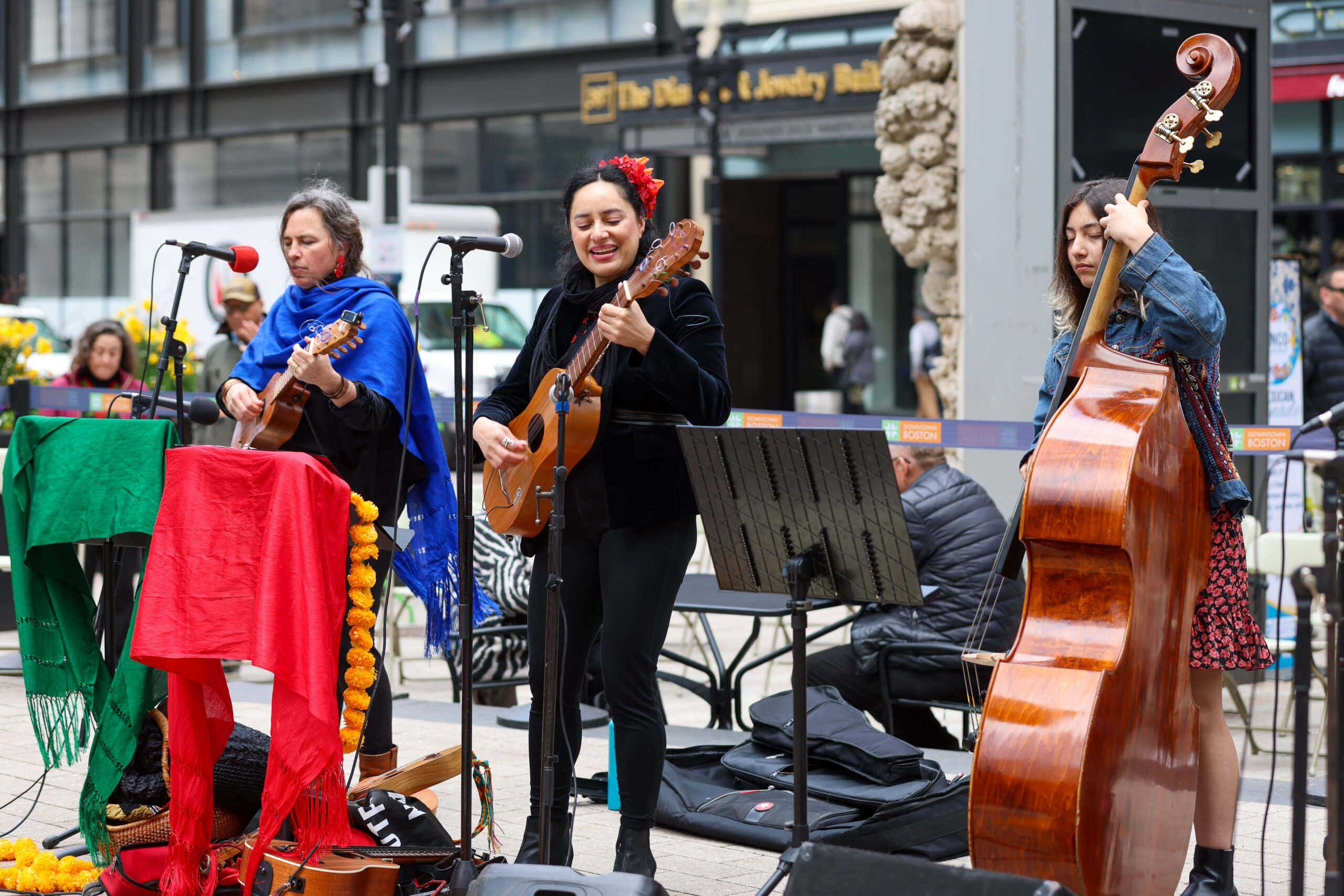
Attack on Titan

Custom Engraving with Estee Lauder – Perfect for Mother’s Day gifting!

Downtown Boston Arts Market

Bruce Hornsby and yMusic
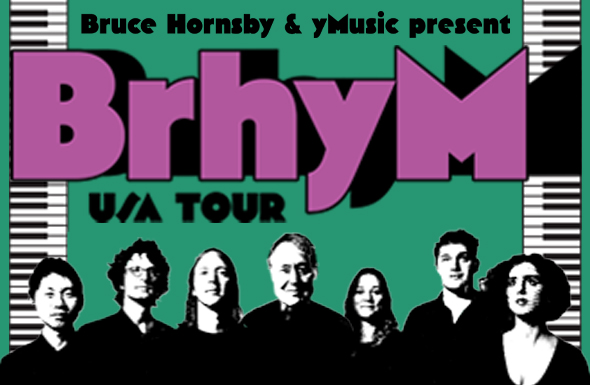
Custom Engraving with Estee Lauder – Perfect for Mother’s Day gifting!

Downtown Boston Arts Market

Kids Balloon Magic Mother’s Day Show
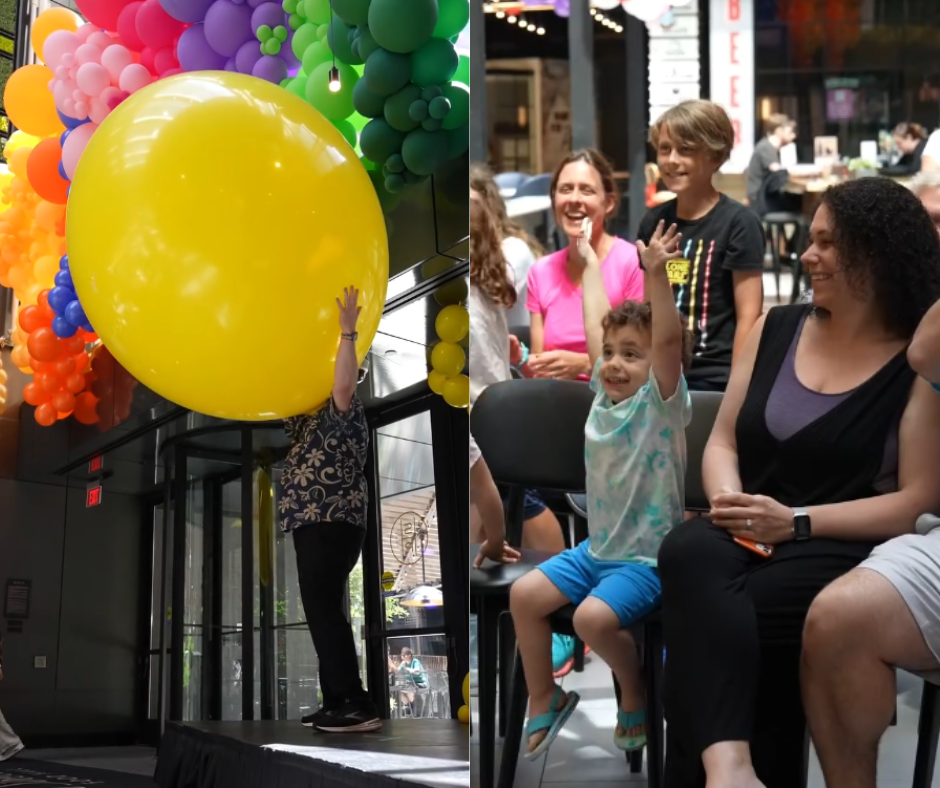
Gillian Welch & David Rawlings
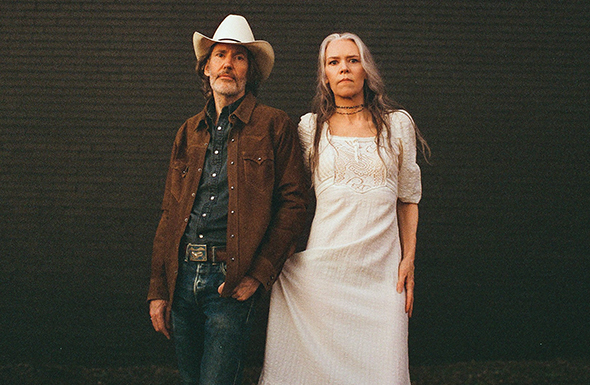
Duckling Day

Professor Brian Cox: Horizons

Siege of Boston 250th Anniversary Walking Tour
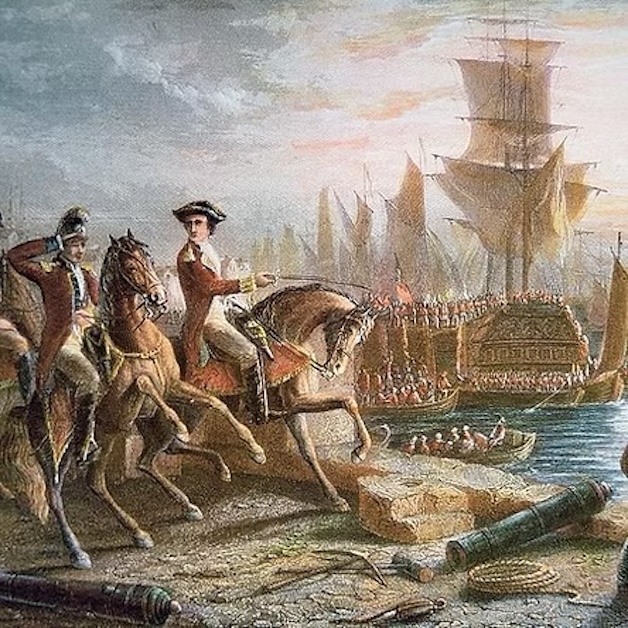
Downtown Boston Arts Market

Jay Shetty

Downtown Boston Arts Market

Film Screening: Power
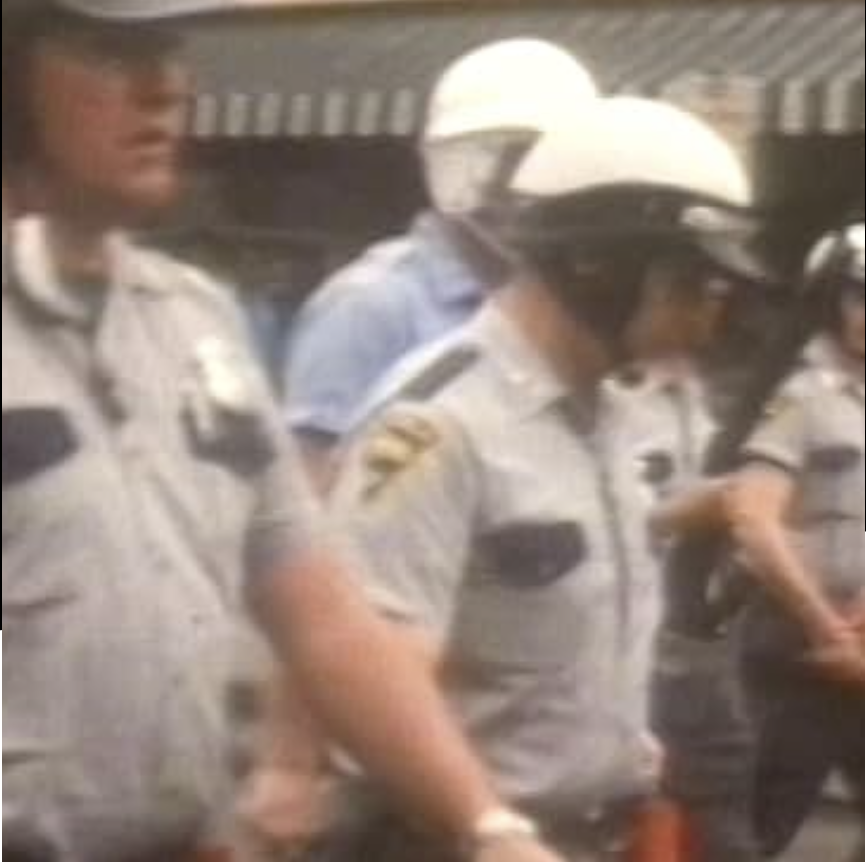
Danae Hays

Little Groove Kids Music Class

Boston Women’s Market
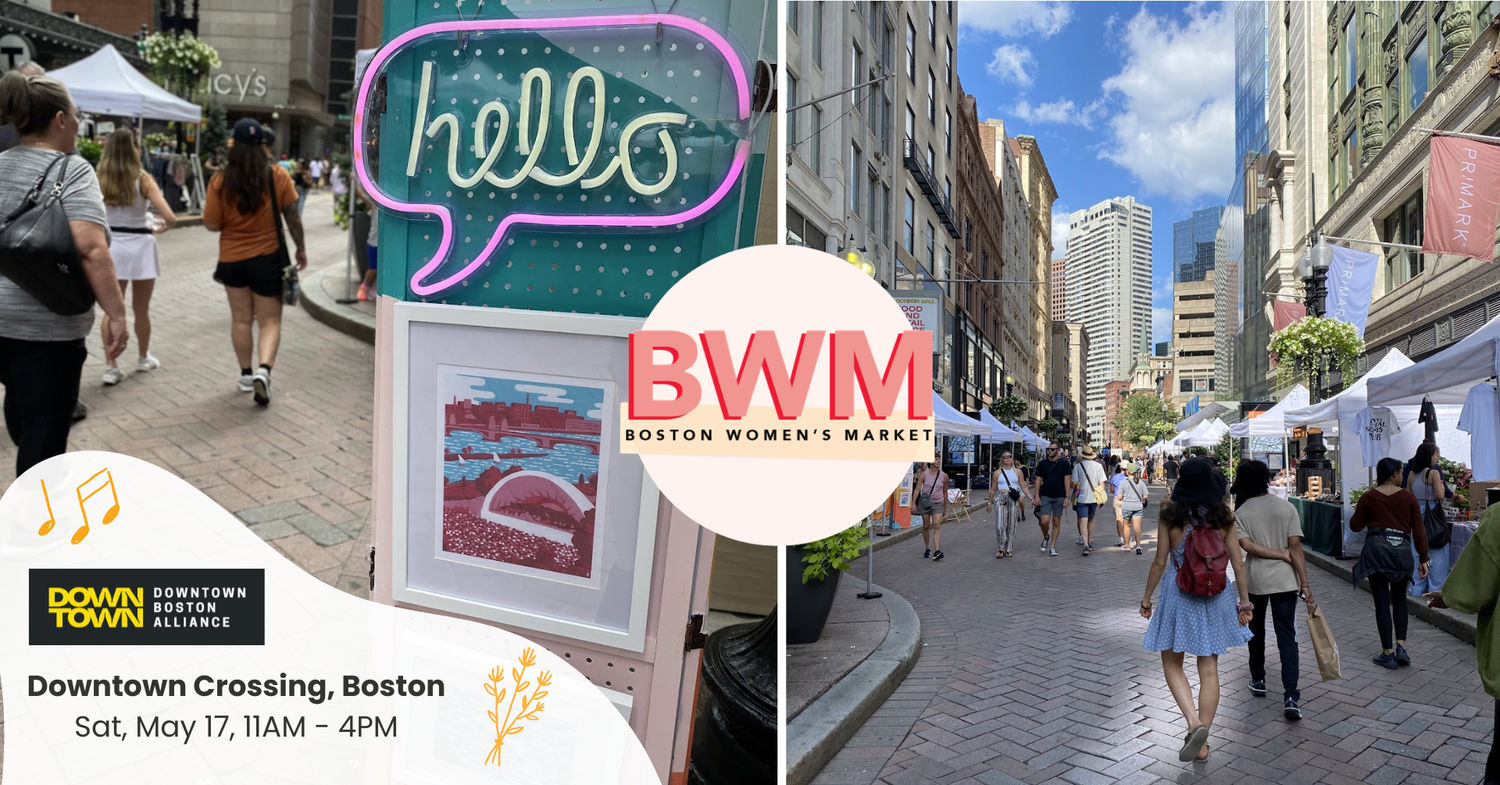
Tina Fey & Amy Poehler

Film Screening: The Truer History of the Chan Family
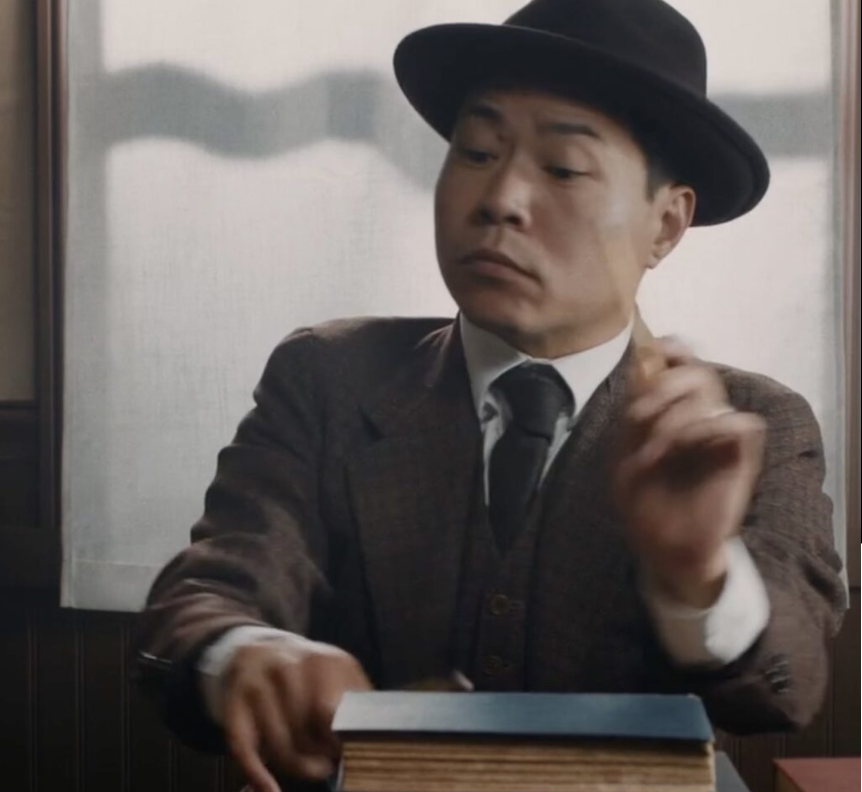
Queer Artists Market
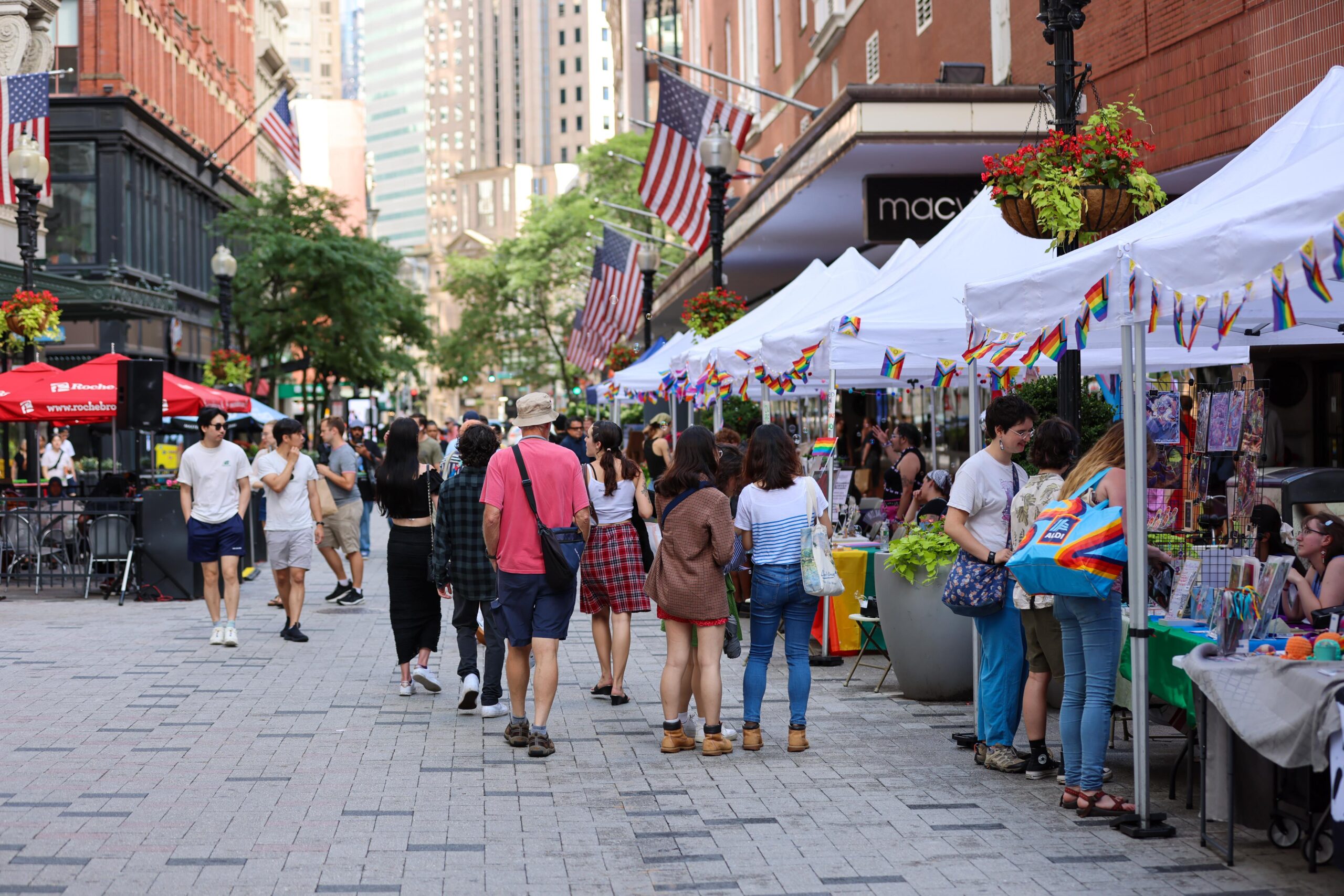
Naruto: The Symphonic Experience

Next Generation
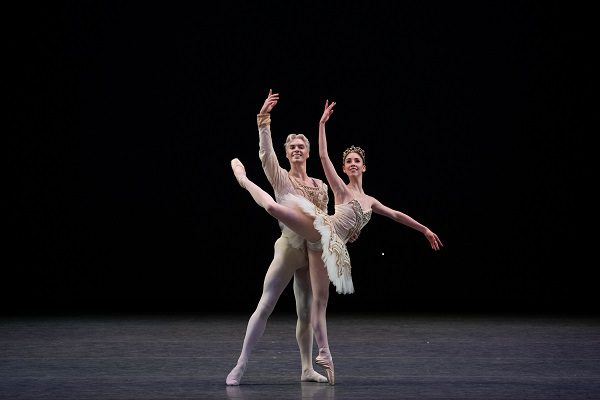
Downtown Boston Arts Market

Downtown Boston Arts Market

World Afrika Day Block Party
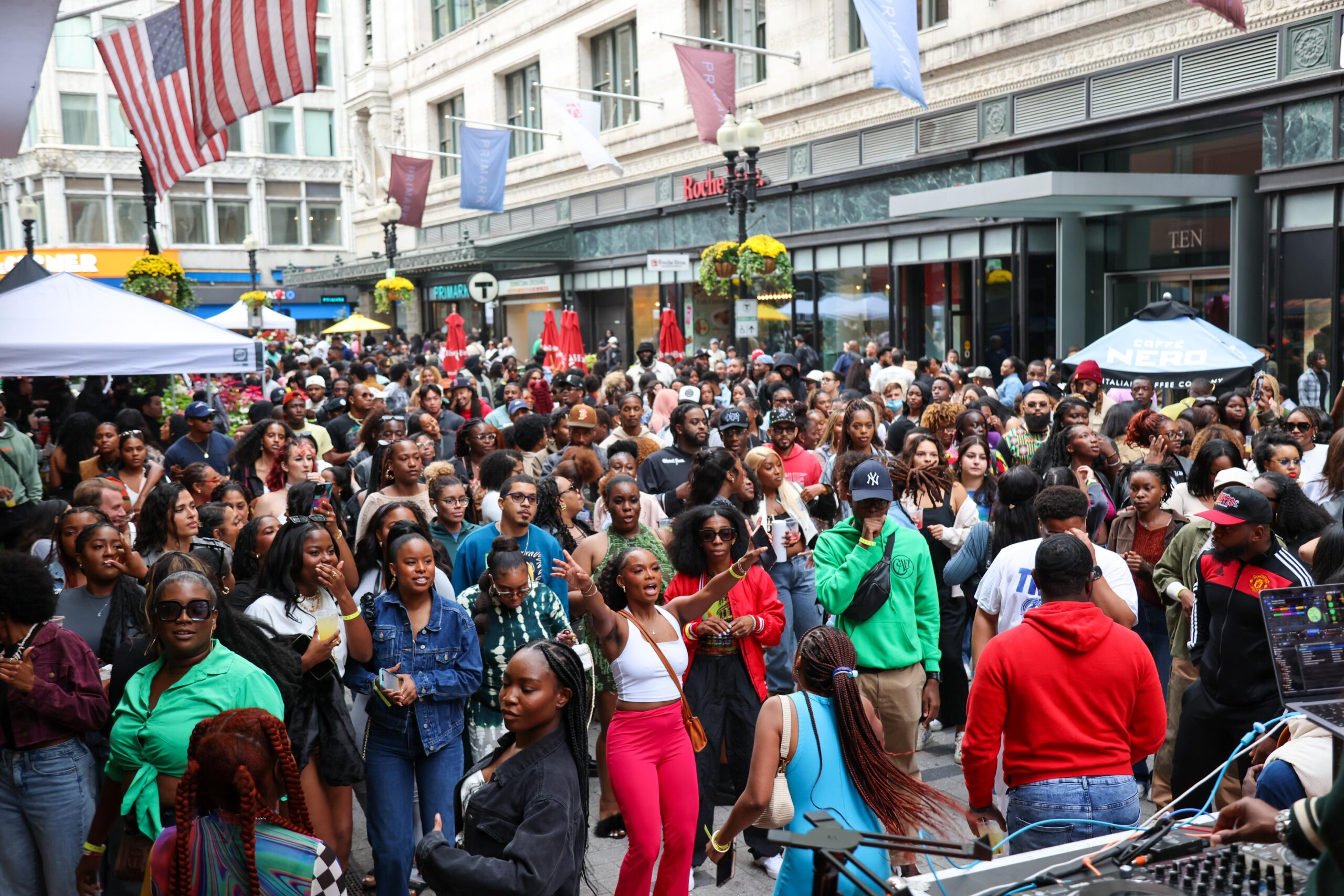
Thee Phantom & The Illharmonic Orchestra

Downtown Boston Arts Market

Downtown Boston Arts Market

Ali Siddiq

The Witcher

Countess Cabaret
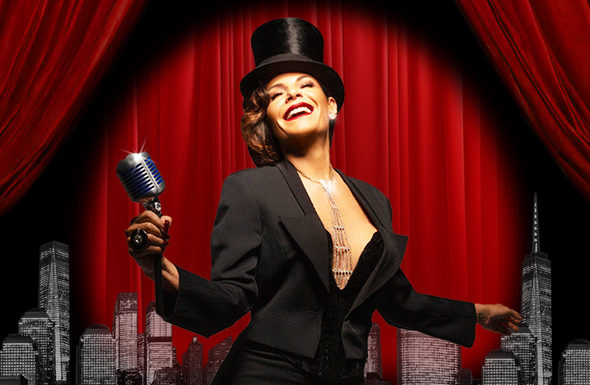
The Witcher

Downtown Boston Arts Market

Downtown Boston Arts Market

CoComelon Sing-A-Long Live

La La Land In Concert
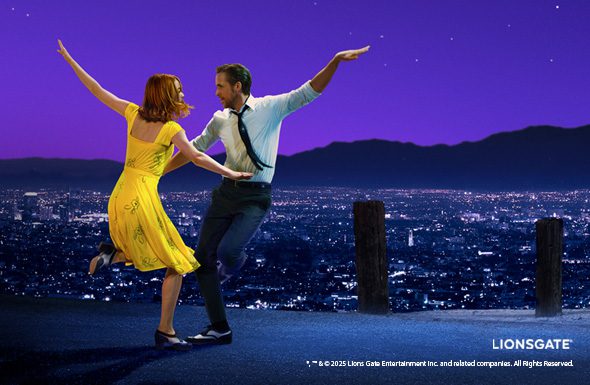
International Day of Play 2025

Downtown Boston Arts Market

Downtown Boston Arts Market

Battle of Bunker Hill 250th Anniversary Walking Tour
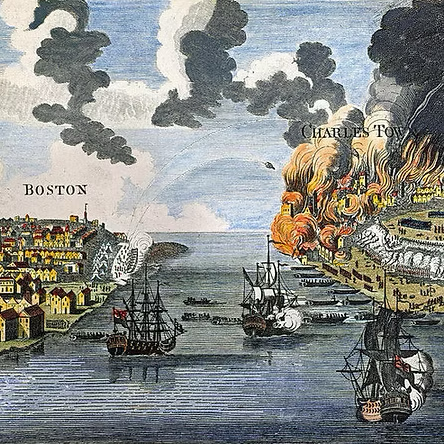
Downtown Boston Arts Market

Downtown Boston Arts Market

Little Groove Kids Music Class

Natalia Lafourcade – Cancionera Tour
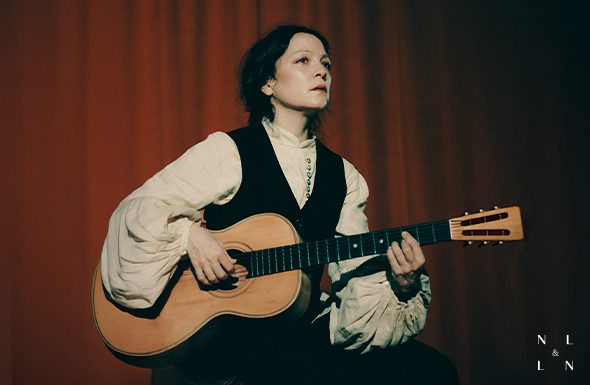
Sarah Millican

Downtown Boston Arts Market

Jimmy Carr

Downtown Boston Arts Market

Downtown Boston Arts Market

Downtown Boston Arts Market

Downtown Boston Arts Market

Downtown Boston Arts Market

“Weird Al” Yankovic

Downtown Boston Arts Market

Downtown Boston Arts Market

Downtown Boston Arts Market

Downtown Boston Arts Market

Downtown Boston Arts Market

Downtown Boston Arts Market

Lost 80s Live

Downtown Boston Arts Market

Downtown Boston Arts Market

Downtown Boston Arts Market

Downtown Boston Arts Market

Downtown Boston Arts Market

Downtown Boston Arts Market

Downtown Boston Arts Market

Downtown Boston Arts Market

Downtown Boston Arts Market

Downtown Boston Arts Market

Downtown Boston Arts Market

Downtown Boston Arts Market

The Australian Pink Floyd Show

Downtown Boston Arts Market

Downtown Boston Arts Market

Wardruna: World Tour 2025 – Part II
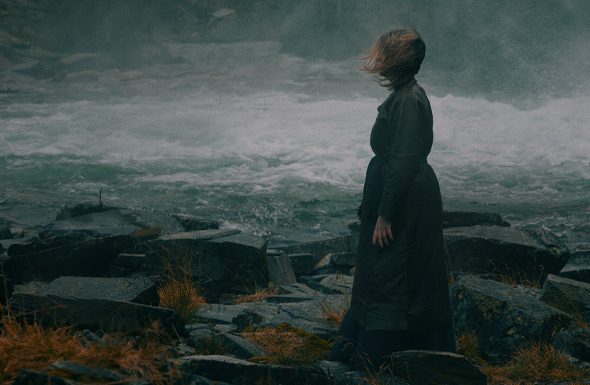
Downtown Boston Arts Market

Downtown Boston Arts Market

Buena Vista Orchestra
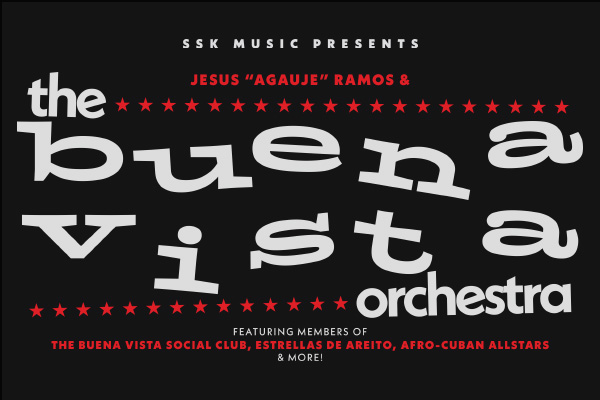
An Evening with Samin Nosrat
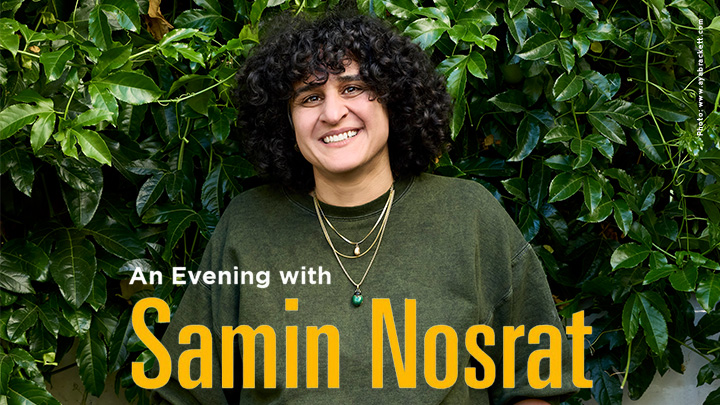
Steven Wilson: The Overview Tour

Downtown Boston Arts Market

Downtown Boston Arts Market

Blessing of the Animals
Stardew Valley: Symphony of Seasons
Downtown Boston Arts Market

Downtown Boston Arts Market

Downtown Boston Arts Market

Downtown Boston Arts Market

Downtown Boston Arts Market

Downtown Boston Arts Market

Leanne Morgan

Herbie Hancock
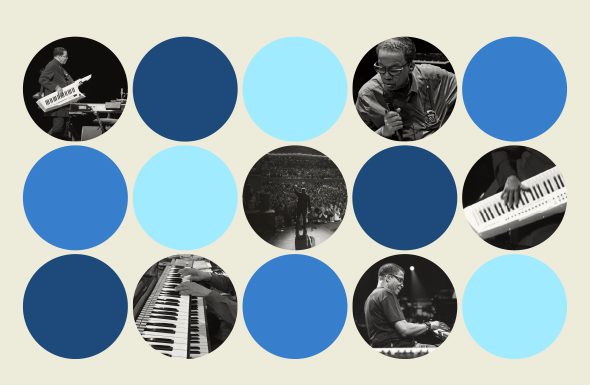
Steve Martin & Martin Short: “The Dukes of Funnytown!”

I’m With Her – Wild and Clear and Blue 2025

Harry Potter and the Cursed Child

HARRY POTTER AND THE CURSED CHILD

HARRY POTTER AND THE CURSED CHILD

HARRY POTTER AND THE CURSED CHILD

HARRY POTTER AND THE CURSED CHILD

HARRY POTTER AND THE CURSED CHILD

HARRY POTTER AND THE CURSED CHILD

HARRY POTTER AND THE CURSED CHILD

HARRY POTTER AND THE CURSED CHILD

HARRY POTTER AND THE CURSED CHILD

HARRY POTTER AND THE CURSED CHILD

HARRY POTTER AND THE CURSED CHILD

HARRY POTTER AND THE CURSED CHILD

HARRY POTTER AND THE CURSED CHILD

HARRY POTTER AND THE CURSED CHILD

HARRY POTTER AND THE CURSED CHILD

HARRY POTTER AND THE CURSED CHILD

HARRY POTTER AND THE CURSED CHILD

HARRY POTTER AND THE CURSED CHILD

HARRY POTTER AND THE CURSED CHILD

HARRY POTTER AND THE CURSED CHILD

HARRY POTTER AND THE CURSED CHILD

HARRY POTTER AND THE CURSED CHILD

HARRY POTTER AND THE CURSED CHILD

HARRY POTTER AND THE CURSED CHILD

HARRY POTTER AND THE CURSED CHILD

HARRY POTTER AND THE CURSED CHILD

HARRY POTTER AND THE CURSED CHILD

HARRY POTTER AND THE CURSED CHILD

HARRY POTTER AND THE CURSED CHILD

HARRY POTTER AND THE CURSED CHILD

HARRY POTTER AND THE CURSED CHILD

HARRY POTTER AND THE CURSED CHILD

HARRY POTTER AND THE CURSED CHILD

HARRY POTTER AND THE CURSED CHILD

HARRY POTTER AND THE CURSED CHILD

HARRY POTTER AND THE CURSED CHILD

HARRY POTTER AND THE CURSED CHILD

HARRY POTTER AND THE CURSED CHILD

HARRY POTTER AND THE CURSED CHILD

HARRY POTTER AND THE CURSED CHILD

HARRY POTTER AND THE CURSED CHILD

HARRY POTTER AND THE CURSED CHILD

HARRY POTTER AND THE CURSED CHILD

HARRY POTTER AND THE CURSED CHILD

HARRY POTTER AND THE CURSED CHILD

HARRY POTTER AND THE CURSED CHILD

HARRY POTTER AND THE CURSED CHILD

Add Your Heading Text Here
Boston hosts thousands of events every year! Public art, musical performances, marquee attractions, and block parties are only a few of the ways in which you can expect to enjoy the vibrant neighborhood. There is always plenty to explore, so check out the event calendar and find your next adventure!
Plan Your Visit
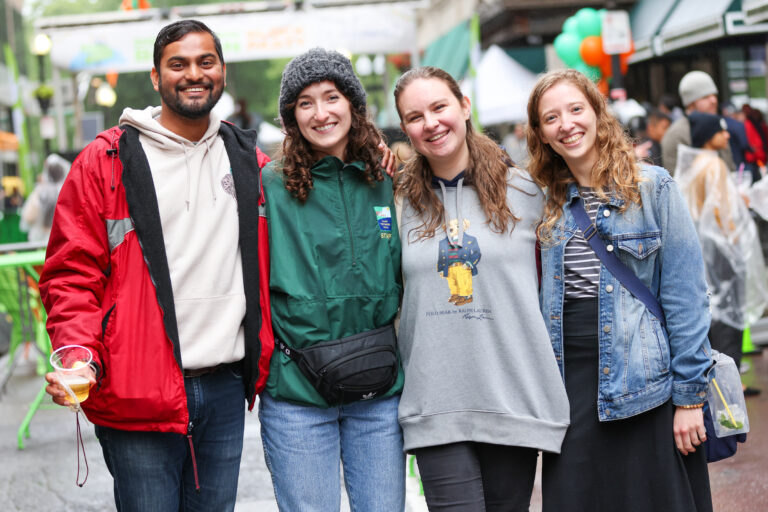
Downtown Boston is easy to get to, with connections to all major MBTA lines, a network of bike lines, ample parking garages, and flat walkable streets. Then, once you arrive, stay at one of 7 beautiful and welcoming hotels.
Live here
IN THE HEART OF IT ALL
From high-rise apartments with unreal views to renovated lofts and student dorms, Downtown Boston has a spot for everyone. There’s nowhere more lively and convenient to call home than right in the heart of the city.
Work Here
DO BUSINESS
In downtown, finding a spot to work is a non-issue. For remote workers craving a change of scenery, there are plenty of cafés and co-working spaces. If you prefer spending days in the office, it’s a convenient and easy commute to top companies.



